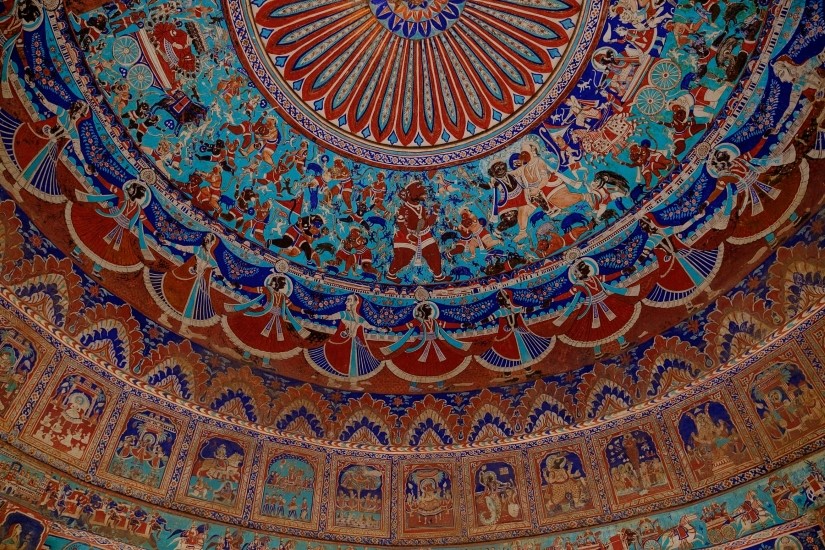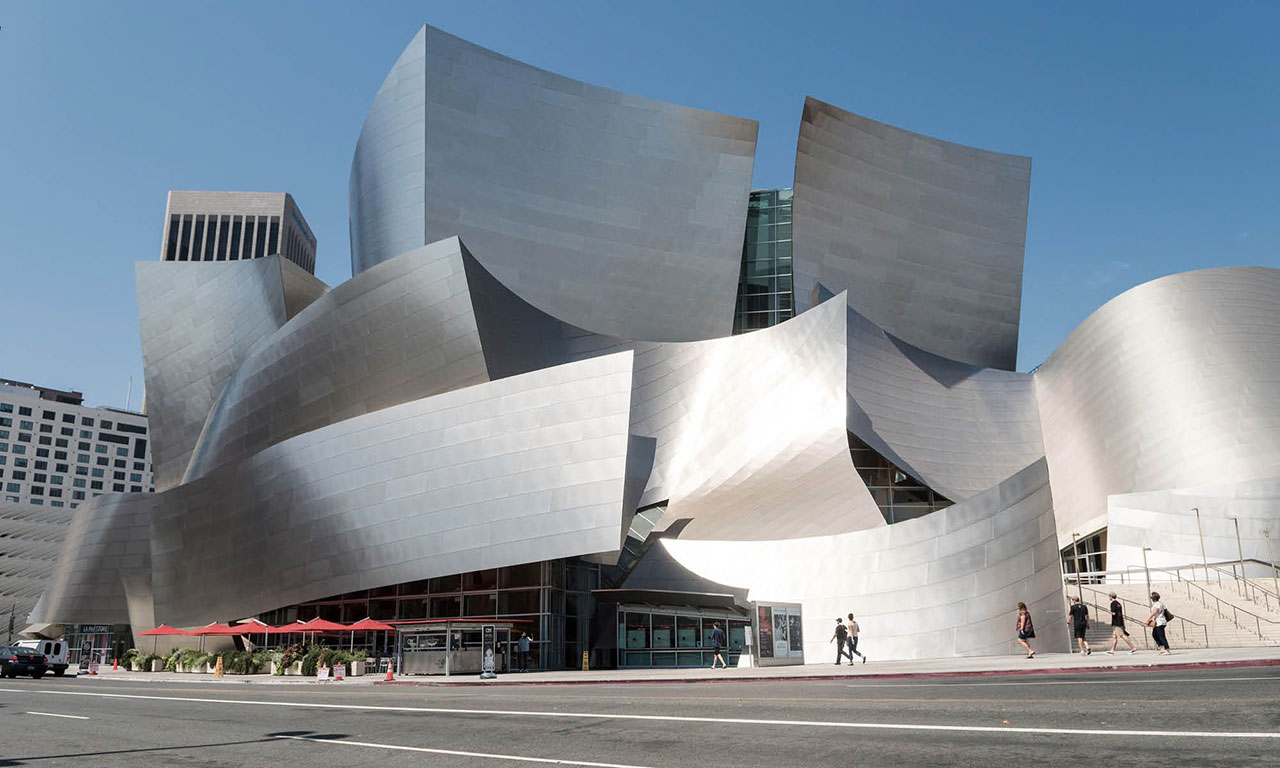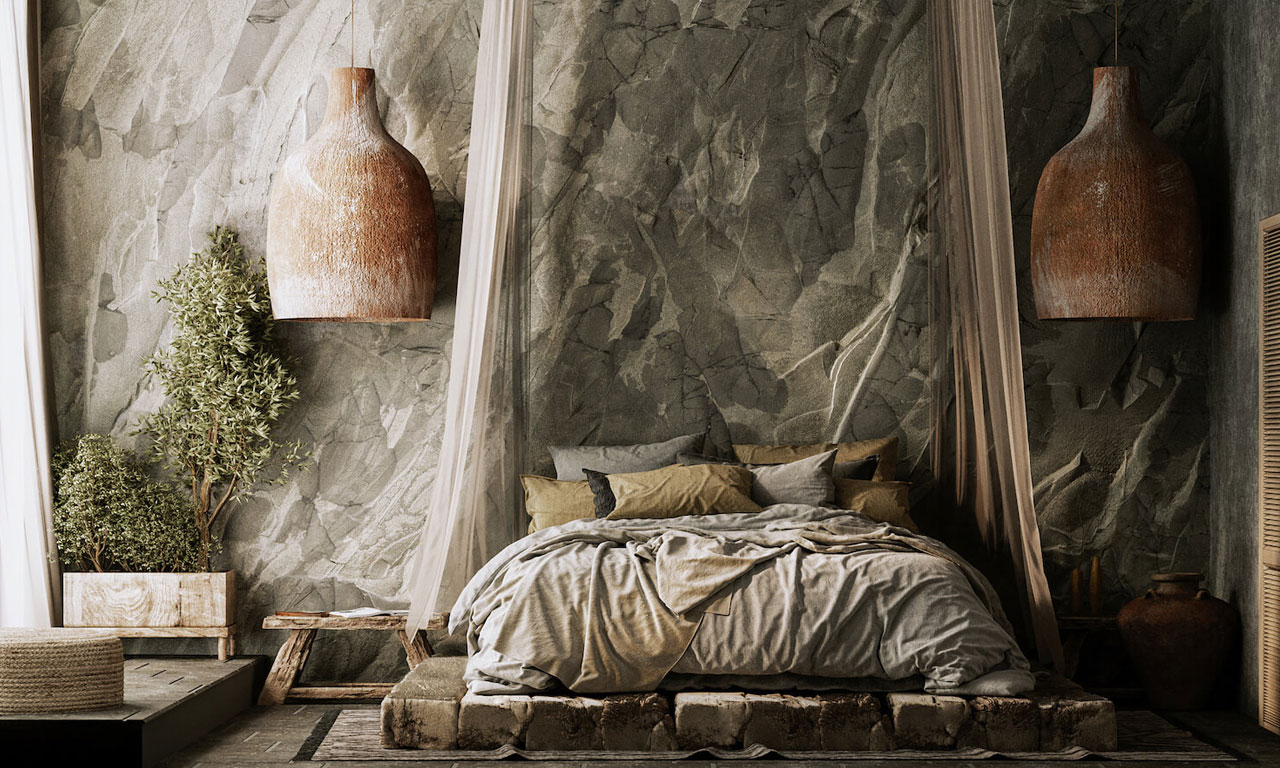Vernacular Architecture Worldwide
Vernacular Architecture stands as a remarkable testament to the brilliance and resourcefulness of local communities, reflecting a blend of regional styles and indigenous materials. Rooted in culture, climate, and society, it exudes a captivating and distinct aesthetic. This article delves into the allure of vernacular architecture, celebrating its uniqueness and exceptional features showcased worldwide. From traditional mud huts in Africa to intricately designed wooden houses in Asia; each exemplifies the seamless integration of human ingenuity with nature. By cherishing these exemplary structures, we recognize the value of preserving heritage and the rich tapestry of diversity that defines our architectural heritage.
Pueblo Architecture in New Mexico, USA:

Pueblo architecture of New Mexico
The Pueblo architecture of New Mexico offers a fascinating glimpse into the profound connection between Native American communities and their surroundings. Characterized by multi-story adobe structures constructed from sun-dried mud bricks, these buildings seamlessly integrate with the arid landscape. The adobe’s thick walls act as natural insulation against the scorching desert heat, while the flat roofs facilitate rainwater collection, a precious resource in such an environment. Beyond its practicality, Pueblo architecture embodies a communal ethos, reflecting the social fabric of the indigenous communities it serves. The presence of central courtyards and shared spaces fosters a sense of togetherness and cooperation, emphasizing the importance of communal living and preserving cultural values. This architectural style not only showcases the ingenuity of Native American ancestors but also stands as a poignant reminder of the timeless harmony between human habitation and nature.
Cycladic Architecture in Greece:

Cycladic Architecture in Greece
The Cycladic islands of Greece beckon with their mesmerizing white-washed buildings that have become synonymous with the region’s charm. These cubic structures, adorned in brilliant white, create a striking contrast against the azure backdrop of the Aegean Sea. Rooted in a philosophy of simplicity and harmony with nature, Cycladic architecture captivates with its elegant minimalism. The local use of durable materials like marble and volcanic rock not only imparts a timeless beauty but also safeguards against the relentless coastal winds. Flat roofs, open courtyards, and narrow streets cleverly work in unison to establish a refreshing and shaded oasis, adeptly adapting to the islands’ sun-drenched climate. As a tribute to the islanders’ profound understanding of their environment, Cycladic architecture stands as a timeless testament to the fusion of artistry, practicality, and respect for the natural world.
Machiya Houses in Kyoto, Japan:

Machiya houses of Kyoto
The Machiya houses of Kyoto embody the essence of Japan’s traditional wooden townhouses, weaving a captivating urban tapestry along the city’s streets and alleys. With their narrow, two-story designs, these structures harmoniously blend residential and commercial functions, as the ground floor often doubles as a shop or workshop. The architectural brilliance lies in the thoughtful incorporation of elements like wooden lattice screens (kōshi) and sliding doors (fusuma), facilitating a flexible spatial arrangement to suit various needs. Inside, the interiors captivate with delicate craftsmanship and the use of natural materials such as wood and paper, giving rise to a serene and timeless ambiance. Stepping into a Machiya is akin to a journey into Japan’s rich heritage, where past and present converge seamlessly, and the spirit of community and tradition resonates with every wooden beam and graceful sliding door.
Thatched Roof Cottages in England:

Thatched roof cottages, English Countryside
Nestled in the idyllic English countryside, thatched roof cottages exude an enchanting nostalgia and timeless charm. With their steeply pitched roofs adorned in straw or reed thatch, these cottages stand as a living testament to local building traditions passed down through generations. The thatched roofs not only evoke a quaint and picturesque allure but also serve practical purposes, offering exceptional insulation and shielding against the region’s ever-changing weather. Embodying a strong sense of place, these dwellings embrace the essence of the countryside, where the use of locally sourced materials and traditional craftsmanship meld seamlessly to create an authentic rustic beauty. Each thatched roof cottage becomes a harmonious link between architecture and the bucolic landscapes, as if each dwelling emerged organically from the fertile grounds it rests upon, leaving an indelible mark on the hearts of those who encounter their beguiling charm.
Dogon Architecture in Mali, West Africa:

Dogon Architecture in Mali, West Africa
The Dogon people of Mali possess an extraordinary architectural tradition intricately tailored to their arid surroundings. High above the ground, their cliffside dwellings, aptly named “Tolons,” showcase a masterful fusion of mud bricks and stone. These fortress-like edifices harmoniously merge with the rocky terrain, providing a sense of security and seclusion in the midst of a challenging environment. What truly sets Dogon architecture apart is the meticulously crafted adobe facades, embellished with symbolic motifs and mesmerizing geometric patterns. Each unique design bears testament to the profound spiritual beliefs and rich cultural heritage of the Dogon community. In every Tolon, the essence of their existence is etched, reflecting a profound symbiosis between people and place, where architecture becomes a living testimony to the Dogon’s resilient spirit and the legacy they proudly carry forth through generations.
Vernacular Architecture serves as a profound tribute to the magnificence of local building traditions, granting us a window into the historical, cultural, and environmental tapestry of each region. Be it the adobe Pueblo structures of New Mexico or the thatched roof cottages dotting the English countryside, each architectural style weaves a distinctive narrative rooted in the land it graces. As we embrace and safeguard vernacular architecture, we pay homage to the wisdom and ingenuity of our ancestors, preserving the legacy they have bequeathed to us. Furthermore, cherishing these unique architectural gems fosters a commitment to sustainable design practices, respecting the delicate balance between human habitation and nature. In safeguarding our architectural heritage, we gift future generations a vivid and diverse landscape to appreciate, ensuring that the echoes of history, culture, and environmental harmony endure and flourish for generations to come.


